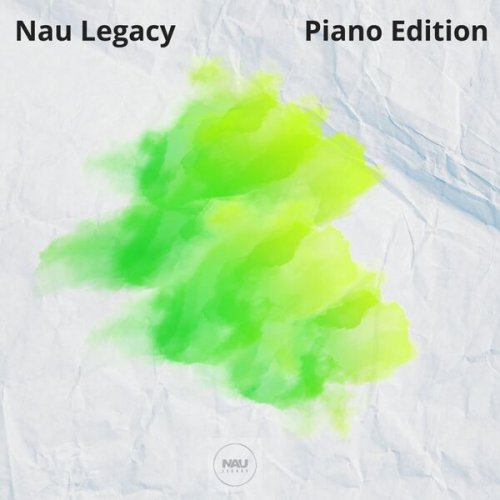Constantin Macherel - Boccherini, Franchomme Rossini & Servais: Virtuoso Music for Cello and Strings (2019) [Hi-Res]

Artist: Constantin Macherel, London Mozart Players & Sebastian Comberti
Title: Boccherini, Franchomme Rossini & Servais: Virtuoso Music for Cello and Strings
Year Of Release: 2019
Label: Claves Records
Genre: Classical
Quality: FLAC (tracks) / 24bit-96kHz FLAC (tracks+booklet)
Total Time: 64:58
Total Size: 274 MB / 1.12 GB
WebSite: Album Preview
Tracklist:Title: Boccherini, Franchomme Rossini & Servais: Virtuoso Music for Cello and Strings
Year Of Release: 2019
Label: Claves Records
Genre: Classical
Quality: FLAC (tracks) / 24bit-96kHz FLAC (tracks+booklet)
Total Time: 64:58
Total Size: 274 MB / 1.12 GB
WebSite: Album Preview
1. Variations sur deux thèmes (russe et écossais), Op. 6 11:50
2. Souvenirs de Spa, Op. 2 16:38
3. Cello Concerto in D Major, G. 479: I. Allegro 07:26
4. Cello Concerto in D Major, G. 479: II. Adagio 05:42
5. Cello Concerto in D Major, G. 479: III. Allegro 05:25
6. Péchés de vieillesse: Une larme. Thème et variations 09:53
7. Chant d'Adieux, Op. 9 08:04
Derived from the viole da braccio family rather than that of the viols, the cello gained its independence in the Cremona cradle of Italian instrument making between the 16th and early 18th century. It adopted the shape of a large violin – so large that it cannot rest on the shoulder like a violin or viola and is therefore held between the legs; an adjustable pin planted in the ground was added from the middle of the 19th century to make it more stable and easier to hold.
At the beginning, the cello suffered from the “competition” of other low-register string instruments, also held between the legs and played with a bow : the bass viol, very popular in aristocratic circles. The development of its technique throughout the 18th century, conveyed by ever more virtuoso musicians, was to bring about its “revenge”. Thanks to these ambassadors, more and more composers were indeed able to understand its fantastic expressive potential and decided to give it more than a shadow role as member of the continuo (next to the organ or harpsichord), to which it had been confined up until then. Vivaldi was among them, writing 27 concertos and 11 sonatas for it, Johann-Sebastian Bach, whose six Suites for Cello solo marked an apex in the exploitation of its polyphonic attributes, and then Boccherini, himself a cellist, who truly launched the instrument with his magnificent concertos.
The movement increased in the 19th century, with the disappearance of the viol competition, victim both of its “Old Regime” label and a lack of power in the face of the ever more ambitious expectations of Classical and especially Romantic composers. The latter gave the cello large-scale concertos and numerous scores of chamber music – sonatas, but also trios, quartets, quintets, in which it shines as brilliantly as its fellow instruments, such as in Schubert’s sublime Two Cello String Quintet. Scores that tend to agree with those who claim that the cello is the closest instrument to the human voice.
At the beginning, the cello suffered from the “competition” of other low-register string instruments, also held between the legs and played with a bow : the bass viol, very popular in aristocratic circles. The development of its technique throughout the 18th century, conveyed by ever more virtuoso musicians, was to bring about its “revenge”. Thanks to these ambassadors, more and more composers were indeed able to understand its fantastic expressive potential and decided to give it more than a shadow role as member of the continuo (next to the organ or harpsichord), to which it had been confined up until then. Vivaldi was among them, writing 27 concertos and 11 sonatas for it, Johann-Sebastian Bach, whose six Suites for Cello solo marked an apex in the exploitation of its polyphonic attributes, and then Boccherini, himself a cellist, who truly launched the instrument with his magnificent concertos.
The movement increased in the 19th century, with the disappearance of the viol competition, victim both of its “Old Regime” label and a lack of power in the face of the ever more ambitious expectations of Classical and especially Romantic composers. The latter gave the cello large-scale concertos and numerous scores of chamber music – sonatas, but also trios, quartets, quintets, in which it shines as brilliantly as its fellow instruments, such as in Schubert’s sublime Two Cello String Quintet. Scores that tend to agree with those who claim that the cello is the closest instrument to the human voice.
![Club Bolero, Armik - A Day in Brazil (2007) [Hi-Res] Club Bolero, Armik - A Day in Brazil (2007) [Hi-Res]](https://img.israbox.com/img/2025-12/15/5l607nskcv4xb0n237d8ngs7q.jpg)
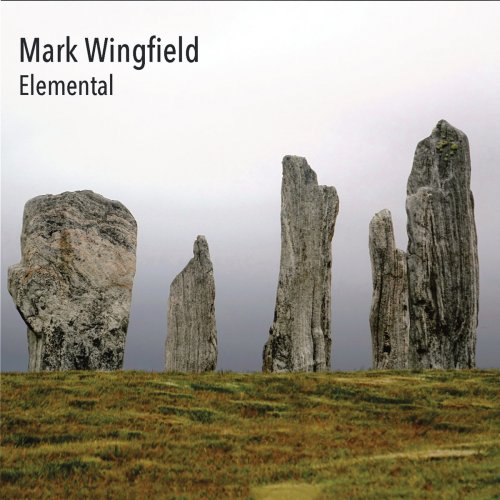

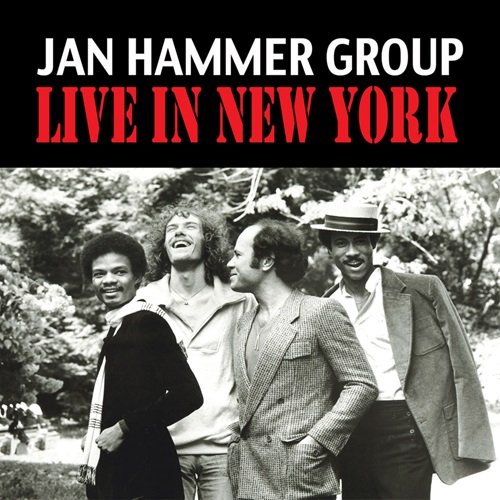
![Bobby Meckam - Trumpet and Jazz in Strings (1981/2025) [Hi-Res] Bobby Meckam - Trumpet and Jazz in Strings (1981/2025) [Hi-Res]](https://www.dibpic.com/uploads/posts/2025-12/1766062047_cover.jpg)
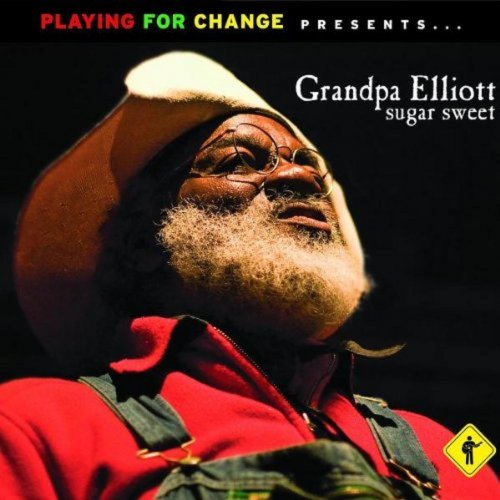
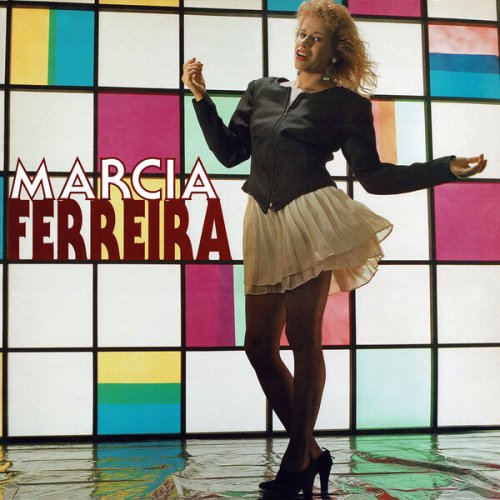
![Paul Mauriat - L'avventura (1972) [Hi-Res] Paul Mauriat - L'avventura (1972) [Hi-Res]](https://img.israbox.com/img/2025-12/19/q8l5an3pdrx7j3uta0q4cr2qi.jpg)
